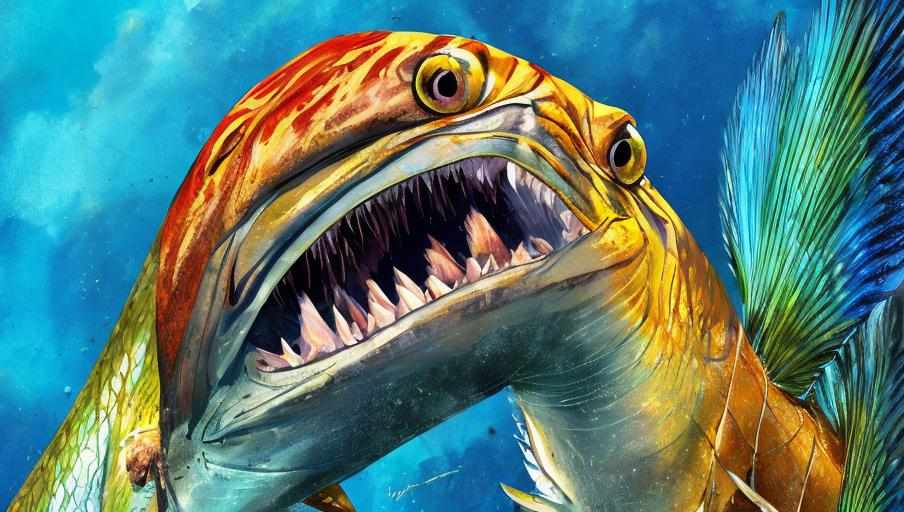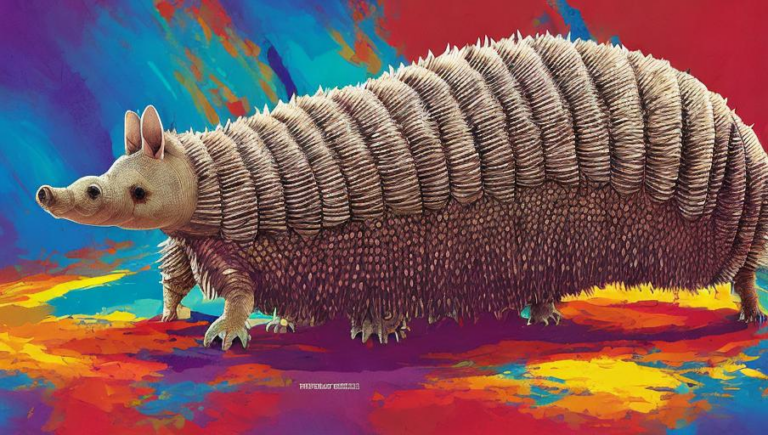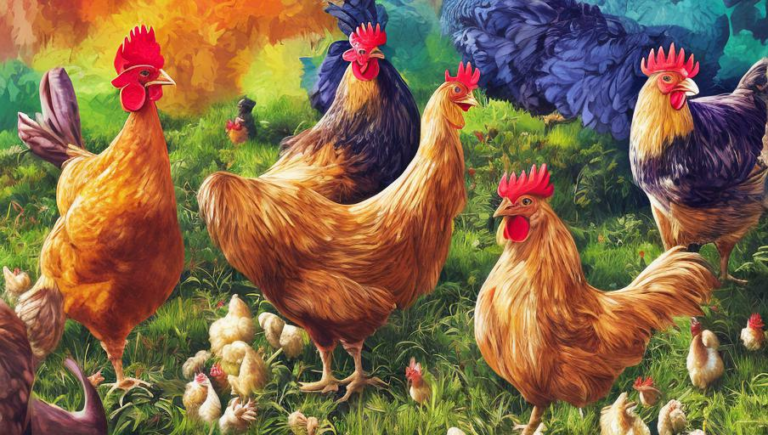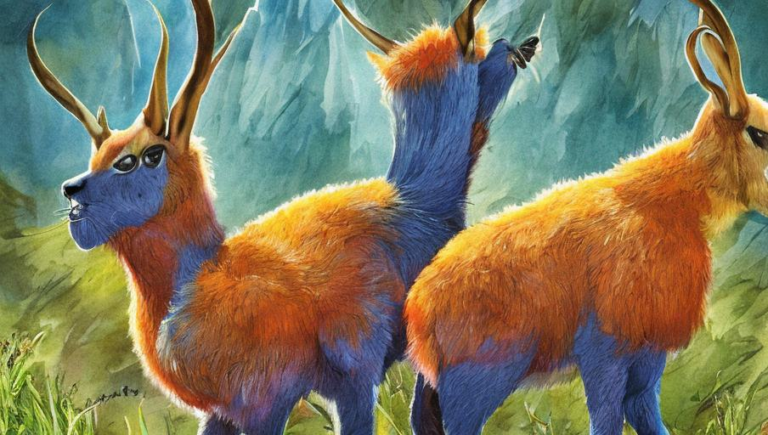Growth and Reproduction of the Barracuda

Introduction
Barracuda are a species of fish found in tropical and subtropical waters worldwide. They are predatory and are known for their sharp teeth and powerful jaws. Barracuda have a wide variety of sizes, depending on the species, and can range from 30 cm to 2 meters in length. Barracuda generally have a lifespan of 7-10 years.
Habitat and Diet
Barracuda can be found in the oceans, estuaries, and rivers. They are most commonly found in shallow coastal areas, but some species are also found in deeper waters. They are generally found in small groups and feed on other fish and crustaceans.
Growth and Maturation
Barracuda are considered fast-growing fish and reach maturity at a young age. They can grow up to 25 cm in a single year and reach sexual maturity at 2-3 years of age. The size of the fish at maturity depends on the species, but can range from 35 cm to 1 meter. Barracuda can live up to 10 years in the wild, but some species may live longer in captivity.
Reproduction
Barracuda reproduce through a process called spawning. This involves the release of eggs and sperm into the water, where fertilization takes place. Barracudas breed during the warmer months of the year. The number of eggs released depends on the size of the fish, but most species lay hundreds or even thousands of eggs. The eggs are then left to develop, and the young hatch in a few weeks.
Conclusion
Barracuda are a fascinating species of fish that have a variety of sizes and can be found in many different habitats. They are fast-growing and mature at a young age. Barracuda reproduce through spawning and lay hundreds or thousands of eggs. With their sharp teeth and powerful jaws, they are an important predator in their habitats.





